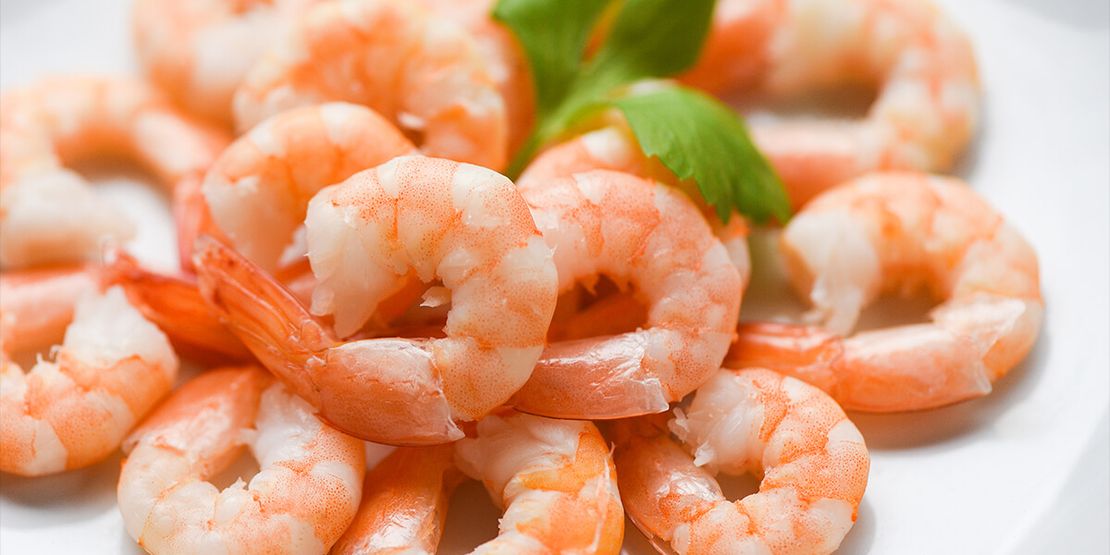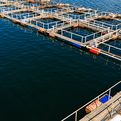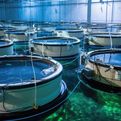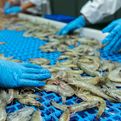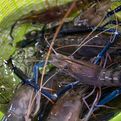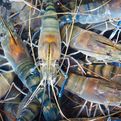Navigating the Lunar Influence: Managing Shrimp Farming During Full Moons
Shrimp farming, a vital industry contributing to global food production, encounters the nuanced influence of lunar cycles, particularly during full moons. Understanding the behavioral shifts in shrimp and the consequential impacts on their health is pivotal for shrimp farmers.
This article delves into the dynamics of full moons affecting shrimp farming and suggests proactive measures to ensure the sustained health and productivity of shrimp populations.
Lunar Impact on Shrimp Behavior: An Overview
During full moons, shrimp exhibit heightened activity and restlessness. This surge in activity prompts increased feeding, leading to elevated waste production and potential stress on the shrimp. Moreover, the heightened light levels during full moons can contribute to alterations in water temperature, pH levels, and oxygen levels, further influencing the well-being of shrimp in farms.
Mitigating the Lunar Impact: Proactive Measures for Shrimp Farmers
Adjusting Lighting Conditions
Acknowledging the impact of increased light during full moons, farmers can strategically manage lighting conditions in shrimp farms. This may involve reducing overall lighting during the full moon period or utilizing artificial lights to mimic standard conditions, curbing excessive shrimp activity and stress.
Monitoring Water Quality
The changes associated with full moons, such as altered water temperature, pH levels, and oxygen levels, necessitate vigilant water quality monitoring. Regular assessments empower farmers to proactively address any deviations and maintain optimal conditions. This may involve adjusting aeration levels, regulating temperature, and supplementing water with necessary additives.
Feeding Practices
Recognizing that shrimp tend to consume more food during full moons, farmers should adapt their feeding practices accordingly. This could include adjusting feeding frequencies, modifying feed composition, and ensuring that the nutritional demands of shrimp during the full moon period are met without causing stress or overconsumption.
Optimizing Water Quality Management: A Key to Lunar Resilience
Maintaining water quality is foundational to mitigating the lunar impact on shrimp farming. Farmers must be attuned to changes in oxygen levels, temperature, and overall water conditions. Proactive measures, such as aeration systems and robust water management strategies, become indispensable in sustaining optimal water quality throughout the lunar cycles.
Vigilance for Potential Health Issues: Preparedness Matters
Full moons, with their associated stressors, can render shrimp more susceptible to diseases. Vigilance is key. Farmers should closely monitor shrimp health during this period, swiftly identifying signs of illness and having effective disease management plans in place.
Orchestrating Lunar Harmony in Shrimp Farming
In conclusion, the lunar influence on shrimp farming, particularly during full moons, necessitates a proactive and adaptive approach from farmers. By fine-tuning lighting conditions, monitoring water quality, adjusting feeding practices, and maintaining overall vigilance, shrimp farmers can navigate the lunar symphony and ensure the sustained health and productivity of their shrimp populations.
This harmonious integration of lunar awareness and strategic management sets the stage for thriving and resilient shrimp farms.
Riley Sinclair (Digital Aqua Bear)
Hi! I'm Riley Sinclair (Digital Aqua Bear), and I'm exploring the world of digital aquaculture farms. Join me as I delve into innovative methods and sustainable practices for cultivating aquatic life in digital environments. Let's uncover the potential of digital aquaculture farms to revolutionize food production and environmental sustainability.
More From Digital Aqua Farm
Aquaculture Farming: Essential Terms and Definitions for Beginners (Part 1)
Riley Sinclair (Digital Aqua Bear)
Automated Feeding Systems in Shrimp Farming: A Comprehensive Comparison
Riley Sinclair (Digital Aqua Bear)
Shrimp Farming Technology: Exploring the Pros and Cons
Riley Sinclair (Digital Aqua Bear)
Thai Shrimp Recipe: A Breathtaking Culinary Journey
Riley Sinclair (Digital Aqua Bear)
Shrimp Farming in Thailand: Navigating Challenges and Embracing Sustainability
Riley Sinclair (Digital Aqua Bear)
Global Shrimp Industry: Knowing the Key Players and Dynamics
Riley Sinclair (Digital Aqua Bear)


